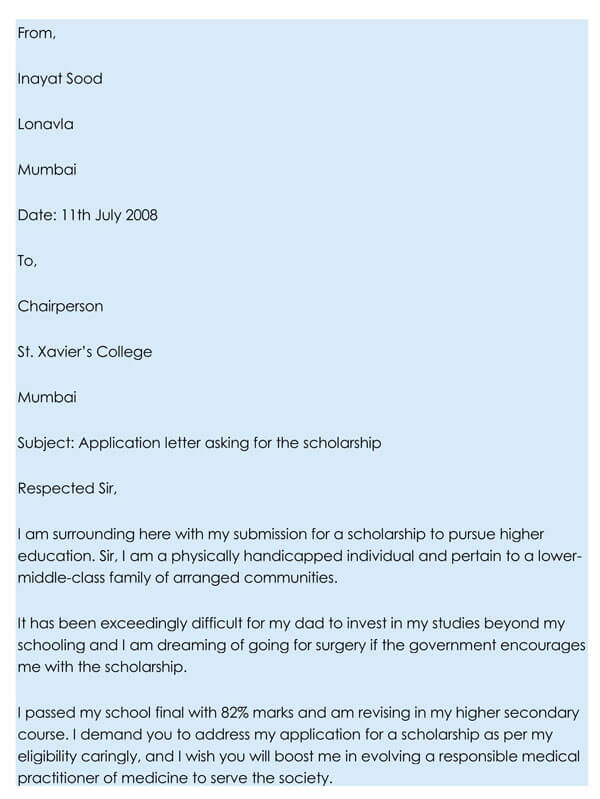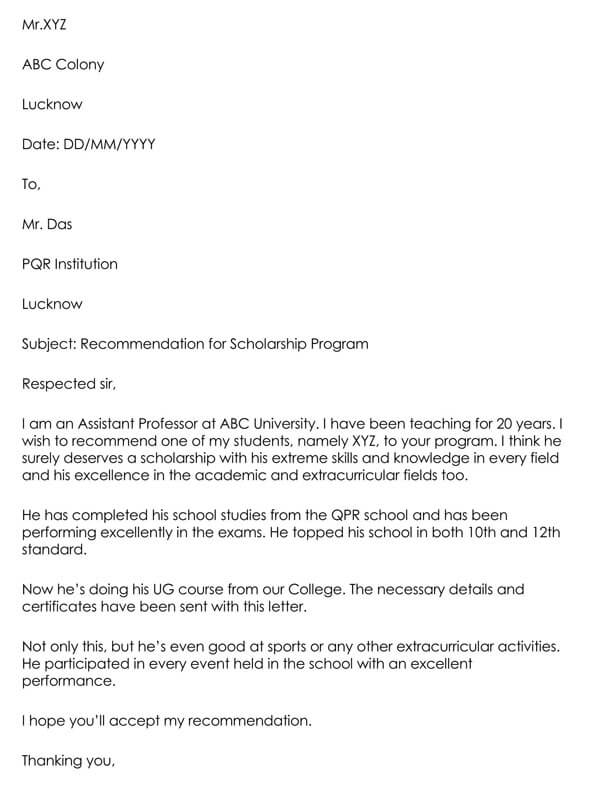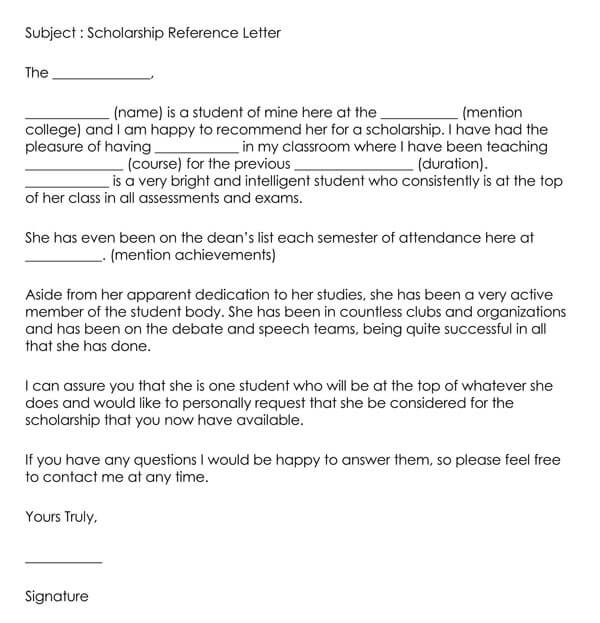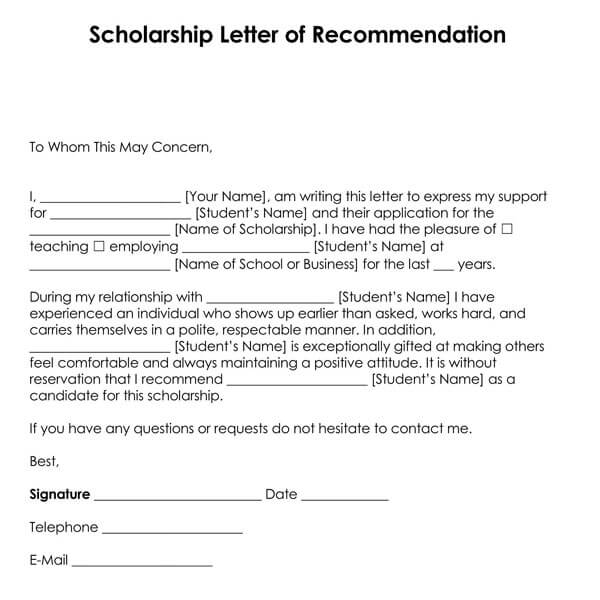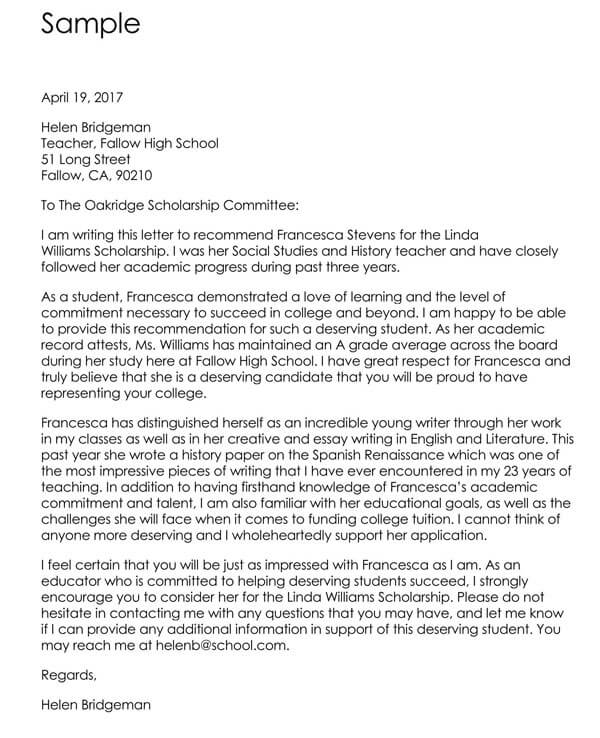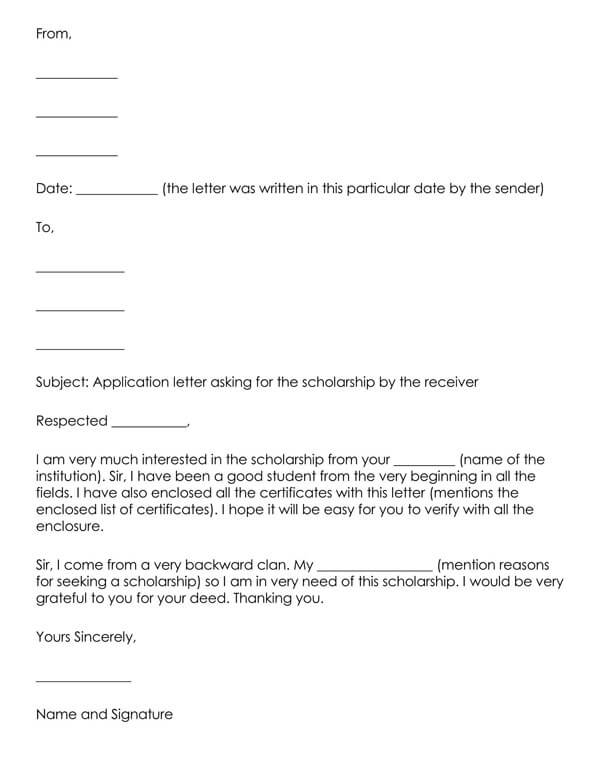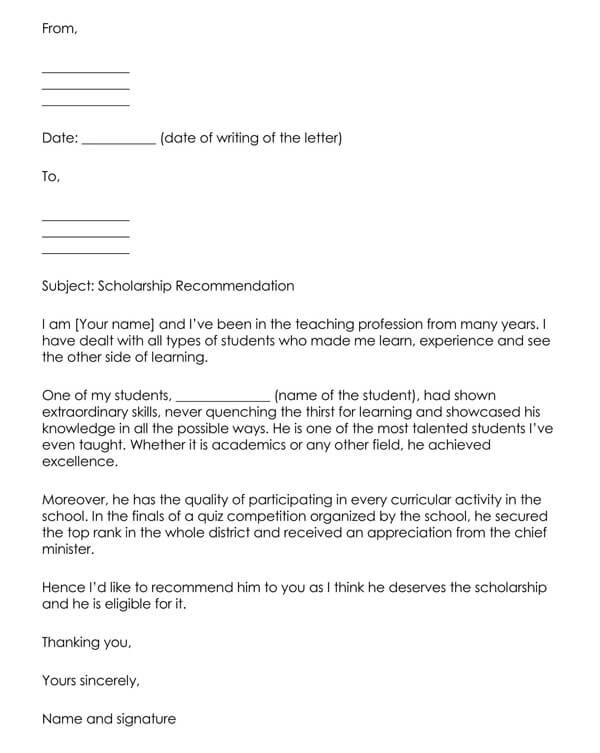It takes considerable effort to secure a job. However, retaining the job requires sustained commitment over the long haul. An employee must be prompt, punctual, and always remember the target. However, failure to meet deadlines frequently is a red flag that managers should watch out for. After repeated warning letters and probation, you might have to dismiss that employee.
Moreover, you should tread carefully when you serve a termination letter due to poor performance to a worker. He or she needs to know important details that support your decision. Otherwise, they may report to the Equal Employment Opportunity Commission (EEOC) for biased dismissal.
Termination to employment refers to the abrupt ending of a worker’s contract with his employer. Often, it occurs after a series of unsatisfactory performances. When this happens, the dismissed receives an employee termination letter. Moreover, it may be a proactive decision for a worker to disengage with the company.
Furthermore, workers in furloughed employment, or on sick leave remain, members of the organization, until they receive employee termination letters. If there is no formal message declaring a dismissal, the employment status remains valid. It means issuing a job termination letter confirms the ousting.
What Is Termination of Employment Letter?
A termination letter is a formal document that states the intention of an employer to end an employee’s activities with the establishment. Due to the nature of the letter, it requires thorough thinking to make it concise, clear, and straightforward. Sometimes, firing a worker may be difficult for a manager. However, a job termination letter simplifies the process.
Besides, it may become a piece of evidence in court if the ousted worker sees the process as unfair. Hence, you need to follow certain guidelines to create an outstanding document. Also, you need to minimize errors and make it flow coherently.
Termination letter due to poor performance
There are different types of termination letters types and these letters are mostly dependent on the type and cause of termination. The cause of termination would determine the severity of the letter.
However, a termination letter due to poor performance is the most common reason for issuing an employee termination letter. If a worker fails to deliver tasks when due, and always has excuses, you may have to release them.
What Situations Qualify for Poor Performance Termination?
Issuing termination letters due to poor performance would have to be hinged on some attitudes that lead to or indicate poor performance and we would be looking at a few of these attitudes.
Incompetence
Failure to meet the company’s standards ranks highest among the reasons for termination. Doing a sub-standard job regularly indicates a lack of seriousness or commitment to the organization’s values. Speed is an essential component of exceptional performance. An employee ought to submit deliverables at the appointed deadlines. Failure to meet up will affect other departments that need such results as input. Consequently, the overall productivity reduces.
Insubordination and related issues
When an employee deliberately disobeys his or her manager despite understanding the tasks and consequences, it is a punishable offense. Otherwise, co-workers might follow the trend and subsequently destroy company values.
Attendance issues
Punctuality accentuates commitment and seriousness. Being late frequently shows a reluctance to adapt and grow. Punctuality is critical to daily, excellent performance. It allows an employee to settle down and prepare their work area for the day. However, a late worker, who rushes into his or her activities is susceptible to blunders. When this happens often, the worker may have backlogs of responsibilities that will retard the entire organization.
Worse than coming late to the workplace is refusing to show up without due consultation and permission. This wrong attitude shows a disregard for office standards and ethics. Moreover, the affected worker will often produce substandard deliverables because of hurrying. Unfortunately, you must let them off if they are frequently late or absent.
Theft or other criminal behavior
Stealing the company’s properties is an illicit act that demands immediate chastening. Similar to this, revealing information that your organization considers confidential such as financial reports and product development processes is a breach of contract. Thus, you can serve the affected worker a termination letter due to poor performance.
Sexual harassment
Most state laws frown at workplace discrimination based on gender, race, or sexuality. Meanwhile, if an individual sexually harasses a coworker, he or she ought to be disciplined.
Physical violence
When conflict erupts between coworkers, there are several avenues to resolve such. For instance, reporting to a senior colleague or the HR department. If an employee takes laws into their hands and resorts to fighting, this is unacceptable. To curb such actions, you could issue an employee termination letter.
Documentation and Tips to Remember During the Procedure
The documentation required and tips to consider when preparing an employee dismissal procedure are to be followed to the detail and we have taken out time to enunciate them below.
Be explicit on the reason for termination: As mentioned above, know the exact cause for firing that employee. It could be harassment, dishonesty, incompetence, or physical violence. Make it clear and understandable.
Have a company termination policy: If you do not have one already, now is a good time to do so. Establish the framework or scope for dismissing erring workers. Also, ensure all your employees append their signature to such a document.
Appraise the situation: Before making a decision, think carefully about the options and consequences. Check the employee’s history. Is he a regular or first-time offender? Has he delivered substandard work repeatedly? How does he view and receive constructive criticism? These questions will help to determine whether the firing is overdue or should be postponed.
Inform the worker: There are different options for breaking the news. You can summon him or her to the office and declare your intention. However, this could be challenging. Issuing a job termination letter is a better alternative.
Decide on the severance package: If you already have a termination policy, it should contain this step. Nevertheless, it is not a problem if you don’t. Determine what the dismissed employee gets as a parting benefit. It could be paid for the job done since the month began or health insurance for some time.
Say your Goodbyes: No matter the circumstances, saying goodbye is never an easy situation. You can organize a simple send-off to keep the worker’s personality intact. Be as constructive as possible.
Moreover, it is essential to check your worker’s documentation before you conclude the termination process. Ensure that the offenses are well-dated and clear. This act will help you if the affected employee initiates a lawsuit.
Also, it is necessary to remove the following red flags in your documentation:
- The worker has a record of commendable service, which includes punctuality and strict regard for deadlines.
- There is a fuzzy account of the incident that led to the dismissal of the employee. Rather than use specific examples, the details are vague and unproven.
Things to Reconsider Before Employee Termination
As a supervisor, it is necessary to postpone firing an employee until your corrective measures have failed. You may realize there are deeper issues that your workers needs helps with. Moreover, here are things to put in mind before terminating his or her employment:
- Workplace gossips are not enough to fire an employee. Although they may expose issues, you need to consider other sources for validation.
- Take some time to observe the affected worker. You can shadow their activities for a while. This act will help to affirm your facts. Moreover, it provides a first-hand experience.
- Understand that mistakes are valuable when we learn from them. If the employee is a first-time offender, there is ample chance to correct and grow. However, if he or she has a reputation for poor performance, lateness, or insubordination, you may go ahead.
- Have a one-on-one session with the worker. It shows your respect for their humanity and personality. Also, there is a possibility they will open up and confide in you.
- During the conversation, drop affirmative statements like “you are.” Rather, use observatory sentences such as “I noticed”, or “I saw.” This approach makes them open-minded and less defensive. Moreover, it prepares the ground for better conversation.
- Find out whether the worker is facing individual or family challenges. Perhaps he just lost a loved one, or a family member has a terminal sickness. These life-threatening situations can severely affect people. Thus, seek to unearth the underlying problem.
- Decide to offer continuous support to the employee. If he or she realizes that you value them, and are interested in the progress, they are likely to improve. Find other creative ways to keep them motivated and engaged.
- Know what missing targets and deadlines portend for the individual and the organization. Sometimes, the worst-case event is still bearable. This clarity allows you to be more humane.
- If an extra training program could help, suggest this to the worker. Nevertheless, you may choose to bear or share the training cost with him or her.
- Do you have a framework for monitoring and evaluating feedbacks? If not, create one that highlights weekly improvements. Also, ensure you give constructive criticism whenever the situation demands.
How to Format a Termination Letter
By structure, an employee termination letter is formal. Thus, you should adhere to the essential principles of such documents. However, the purpose and content will differ.
Here is a systematic guide to creating one;
Header/Company/Employer Address
It refers to the sender’s correspondence. Here, you will find the organization’s name, logo, location, tagline, and contact details. Some call it letterhead. Once the recipient sees this portion, he is she knows who sent it.
Date
It shows the day of the month the employer issued the letter. It serves two purposes – provides credible evidence of the time and shows the recipient how much time they have left.
Salutation
This portion communicates respect by starting with “Dear.” It douses the tension before the reader reads the content. After “Dear” comes “Mr., Mrs., Dr.”, or whatever the recipient’s title is. It ends with the last name.
Body
Perhaps, this is the most critical segment of the termination letter. It contains essential information to declare and corroborate the sender’s decision. Thus, take enough time to write this section. It shows:
- the effective date of dismissal.
- the major and supporting causes for the dismissal.
- information about the past attempts to correct erring behaviors. Also, the suggested avenues for growth that the worker neglected.
- the occasions when you gave oral and written warnings.
- what the company expects him or her to handover before leaving
- the remuneration package, which includes salary, health insurance, or sendoff allowance.
- your farewell message regretting the decision despite numerous warnings. Also, wish them well in future endeavors.
Complementary clause
It comes immediately after the body. You could write “Yours faithfully”, or “Yours Sincerely” as you deem fit.
Sign off
At this juncture, you append your signature with your name. It confirms the identity and contact details of the sender. If the recipient has any grievance, he or she knows the right place to direct it.
Termination Letter for Non-Performance Template
(Title/Header)
(Date of Letter)
(Salutation, Employee Title, and Name)
We regret to inform you that today, XX-YY-ZZZZ, the management made a united decision to sever your engagement with us. Hence, your last working day as an employee of (Company Name) shall be on the (Day and Date of Termination).
Here are the reasons we took this critical decision:
(List in clear terms why you are letting him or her go).
Kindly understand that our decision is final and irrevocable.
Besides, our Company Termination Policy grants you the following benefits:
(Itemize the remuneration package and due date)
You are to return all company documents, materials, and devices in your possession on the effective termination date. If you have any questions, feel free to reach out to the Human Resources department.
We appreciate your efforts thus far; unfortunately, we feel the best decision right now is to let you go. We wish you the best in your future endeavors.
Yours faithfully,
(Signature)
(Name of the manager or executive issuing the letter)
Termination Letter for Non-Performance Sample
Date
Name of recipient
Address of recipient
Town, country, area code
Dear Name of recipient,
You have done excellent work but your rate of being absent at work has overshadowed your work record. The job you do requires that you have impeccable attendance and with the present attendance rate, it has become challenging for us to schedule our operations appropriately.
This subject has been discussed in the time past several and we have notified you in writing twice using warning letters that stated that your absenteeism might result in termination of your appointment. It is with regret that we inform you that your services in the company are no longer required.
We have enjoyed you and your work here and we wish you the very best in your future endeavors.
Sincerely,
Signature of the HR person
Name of the HR person
Designation
Free Downloads
To view some free templates that you can customize for your use, you can click here.
Nobody looks forward to receiving a termination letter due to poor performance. Nevertheless, it is essential to maintain company rules, values, and standards. An employee termination letter contains critical information for the affected worker and organization. In the situation of a lawsuit, it serves as credible evidence before the EEOC. Moreover, use formal and simple language to communicate your intention.
What to Avoid in a Termination Letter
When drafting a termination letter due to poor performance, there are quite some important aspects of the letter to take note of and others to avoid. Terminating an employee’s appointment could be a huge blow on the employee, and it’s best to constructively lay it out in the termination letter. Here are some of the things to avoid when writing a termination due to a poor performance letter.
- Convey message in a polite, professional manner: It is imperative to act, speak, and write formally. Do not allow your previous relationship and interactions with the worker to interfere with your communication.
- Go straight to the point: It pays to be brief. Rather than beat about the bush, address the situation at hand. Ensure that everything you write lends credence to the dismissal.
- Be modest and sincere: Do not insert extraneous details that add nothing to the situation. Ensure that the job termination letter contains a precise and honest review of events.
Frequently Asked Questions
Does a termination letter need to have a reason?
No, it does not. However, it depends on your organization’s termination policy. To prevent future legal action, it is advisable to state the reason clearly and concisely.
What happens if you do not sign a termination letter?
Nothing. The letter often ends with “Yes, I collected and read the letter.”
What does it mean to be terminated without cause?
It means the employer has no obligation to inform the employee why he or she has to leave. They merely receive the letter and say their “goodbyes.” However, some state laws demand that you pre-inform the worker of the disengagement and severance package.
